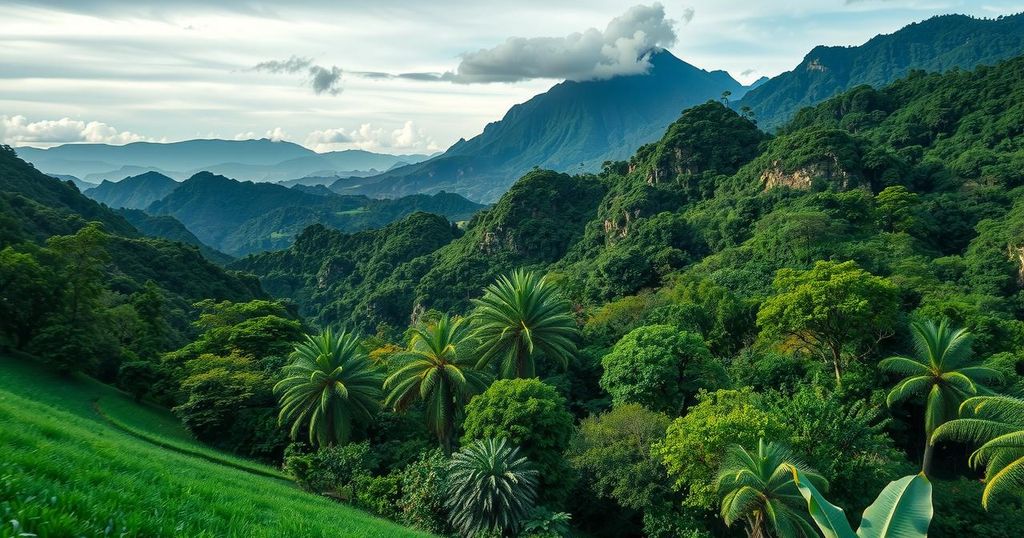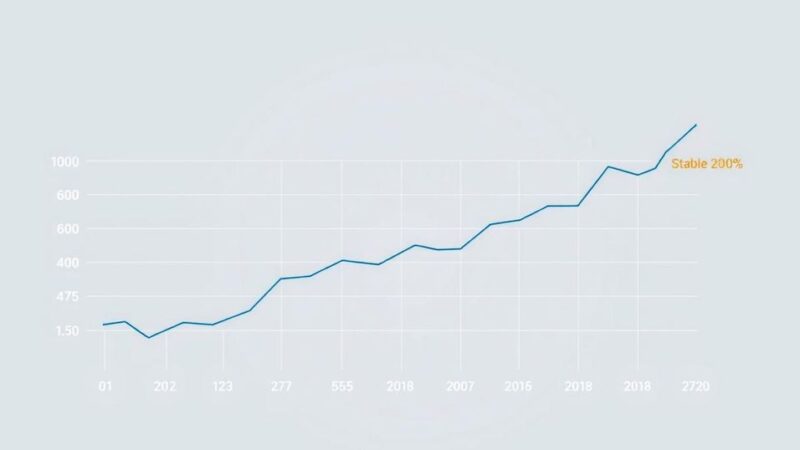Colombian producers express concern over potential U.S. tariffs on audiovisual content, which could harm the local film industry. Companies like Jaguar Bite rely heavily on U.S. productions, representing 80-90% of their work. Incentives from Proimágenes are crucial to attracting international filmmakers, but looming tariffs create uncertainty about the future of filmmaking in Colombia.
Colombia’s audiovisual industry is experiencing a significant boom, but concerns are growing among local filmmakers about potential U.S. tariffs on film content. Juan Pablo Solano, owner of the production company Jaguar Bite, expressed his unease, noting that productions from the U.S. make up a whopping 80 to 90 percent of their business. “When I heard about the tariffs, I thought about those movies that probably won’t be made anymore,” Solano lamented. He further stressed that independent films, which thrive on international locations like Colombia, might disappear if such tariffs come to fruition.
The ongoing production of films such as “The Long Game,” which features Dennis Quaid, showcases how crucial Colombian settings are, as the film portrays a compelling true story of Mexican-American youths. Locations in both Texas and Colombia enabled the film to meet budgetary requirements essential for its theatrical release and later streaming on platforms like Netflix. “These movies would disappear because I don’t see how you can make them in the U.S.,” Solano added, highlighting the unique opportunities Colombia offers to filmmakers.
Thanks to organizations like Proimágenes Colombia, which supports the local film industry and administers financial incentives, filmmakers find a welcoming environment. Founded in 1998, Proimágenes works to promote Colombian cinema globally and offers incentives through the Film Development Fund (FDC) initiated in 2003. This fund supports productions financially, aiming to draw international filmmakers to Colombia’s diverse landscapes.
Colombia has set up two primary incentive programs: the Colombia Film Fund (FFC), offering a cash rebate of 40% on audiovisual expenses, and the Certificates of Audiovisual Investment in Colombia (CINA), which grants 35% tax credits for qualifying foreign productions. Silvia Echeverri, head of the Colombian Film Commission, remarked on the successes of these initiatives, noting that before the decade, Colombia produced merely a couple of films per year with little to no government backing. “The incentive system has been very successful and has put Colombia on the international map,” she stated.
Echeverri further detailed that part of her role involves realistic outreach to U.S. studios and independent companies. Annually, she visits Los Angeles to educate potential filmmakers about Colombia’s advantages—professional crews, scenic locations, and financial incentives. “We tell them about our crews, we tell them about our incentives,” Echeverri explained. They also participate in various global content markets, showcasing Colombia’s diverse environments which range from mountains to tropical settings.
Since the Netflix series “Narcos” debuted in 2015, the Colombian audiovisual scene has taken a leap forward. Carol Trussell, a producer on “Narcos,” shared her own experiences, reflecting on the decision to film in Colombia as key to the series’ production. Solano’s Jaguar Bite contributed to the production landscape, offering services to international filmmakers, ensuring financial legalities are met, and embracing diverse film partnerships.
Despite the threats posed by potential tariffs, Solano remains optimistic. “We’re waiting to see what’s happening,” he noted. The focus now is on strengthening local production benefits to diminish dependency on foreign projects. Additionally, the local industry continues to evolve with several Colombian films gaining attention in international festivals, including a film selected at Cannes titled “Un Poeta.”
In addition to being part of this cultural export, international collaborations are also flourishing. Projects such as “Shadow Force” with Lionsgate and the horror movie “Rosario,” underscore the thriving local film scene funded by existing Colombian incentives. Still, filmmakers like Solano continue to watch the tariff situation closely, highlighting its potential implications on the future of production in Colombia.
Colombia’s film industry continues to flourish amid increasing international production interest and strong local incentives. Despite the anxiety about U.S. tariffs potentially hampering future projects, local filmmakers and organizations remain focused on building a robust framework for both international and homegrown cinema. With a growing portfolio of successful works and international acclaim, the Colombian landscape for audiovisual content is at a pivotal moment, with cautious optimism hanging in the air.
Original Source: www.hollywoodreporter.com






